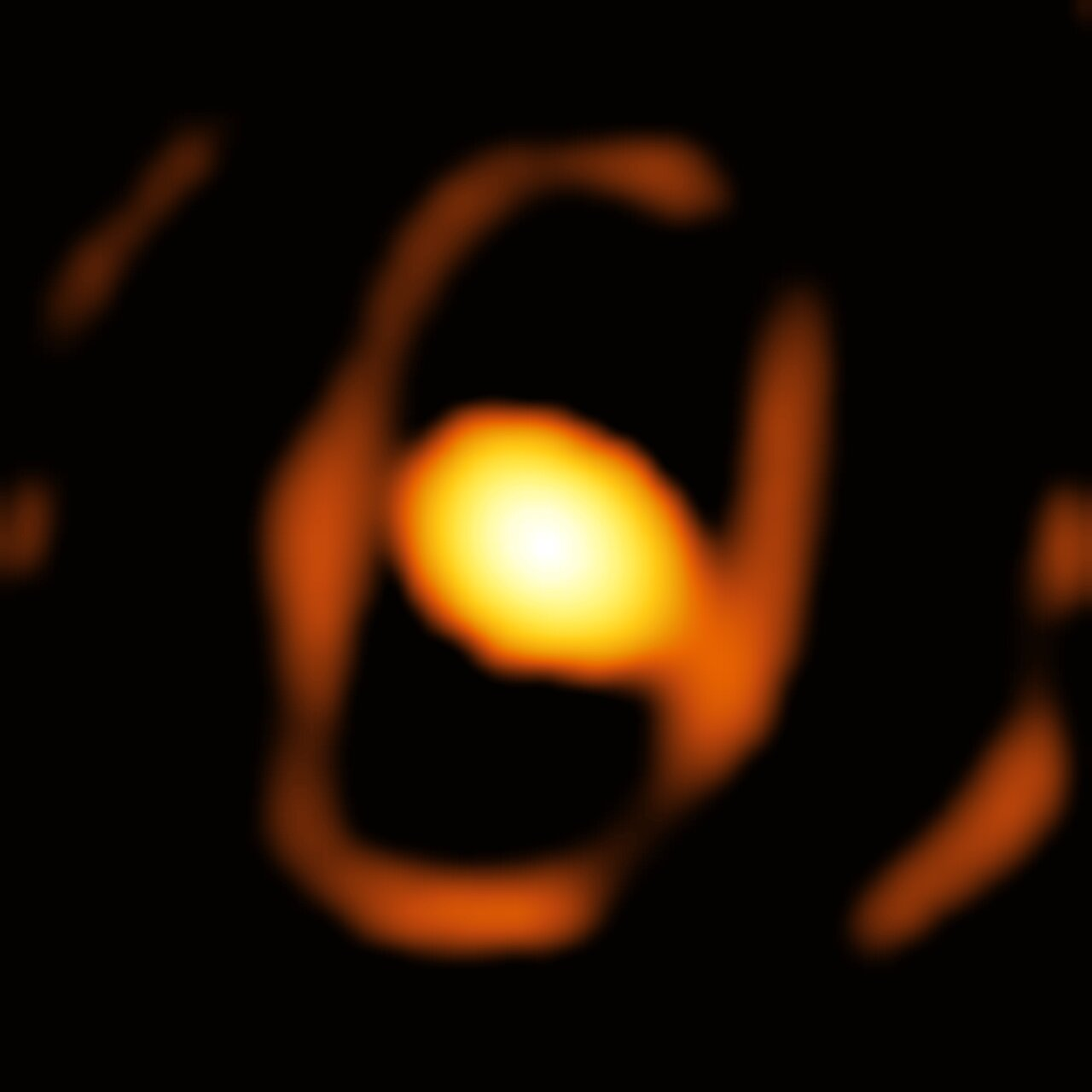Event JSON
{
"id": "29612f7ac5817079903bf2605db463d81ad3298b5facbefef86ab345669b2f81",
"pubkey": "7638d49185ea04dd6659e663547a3c43ce3781e39d0fb19cc8fe074070fba9f7",
"created_at": 1732202086,
"kind": 1,
"tags": [
[
"t",
"Astrodon"
],
[
"t",
"astronomy"
],
[
"t",
"space"
],
[
"t",
"science"
],
[
"imeta",
"url https://files.mastodon.online/media_attachments/files/113/521/595/833/882/749/original/e69abf47ae47e692.png",
"m image/png",
"dim 1280x1280",
"blurhash UJ9Z4BWW0$ayS3oKo1ja0$o1^hWqsTS3j[s-"
],
[
"proxy",
"https://mastodon.online/users/astro_jcm/statuses/113521595964879415",
"activitypub"
]
],
"content": "1/ Even though stars are huge, they're so far away they mostly look like points to us. While we've been able to resolve details in a handful of stars within the Milky Way, our home galaxy, we now have a close-up view of a star in the Large Magellanic Cloud, a small galaxy orbiting our own.\n\nhttps://www.eso.org/public/news/eso2417/\n\n📷 ESO/K. Ohnaka et al.\n\n#astrodon #astronomy #space #science\n\nhttps://files.mastodon.online/media_attachments/files/113/521/595/833/882/749/original/e69abf47ae47e692.png",
"sig": "12555f0e9c6696ba430ac804d2073e55ab404d28dcce8393ccdf444b2e05c6b3a3812e1046945c4b6b3786fde271988a83c8caa033ebde04d2abe81d38d0d459"
}

